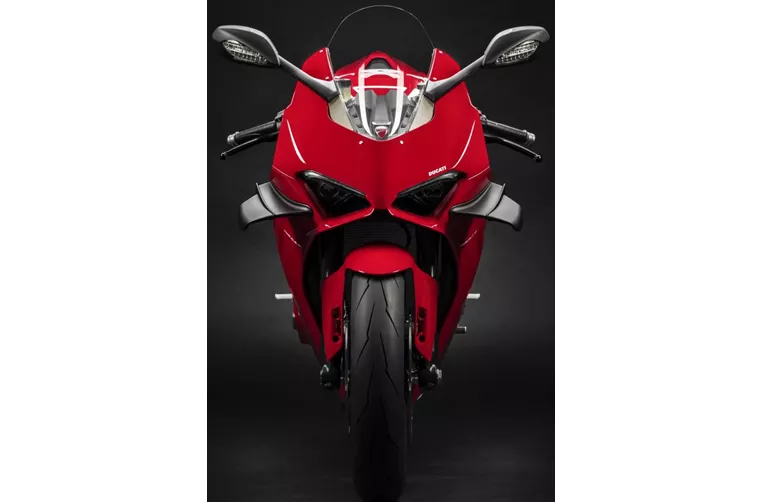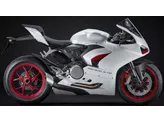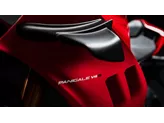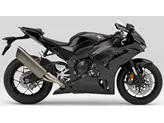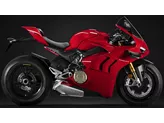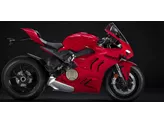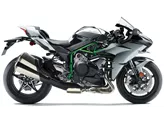Ducati Panigale V4 2020 vs. BMW S 1000 RR 2019
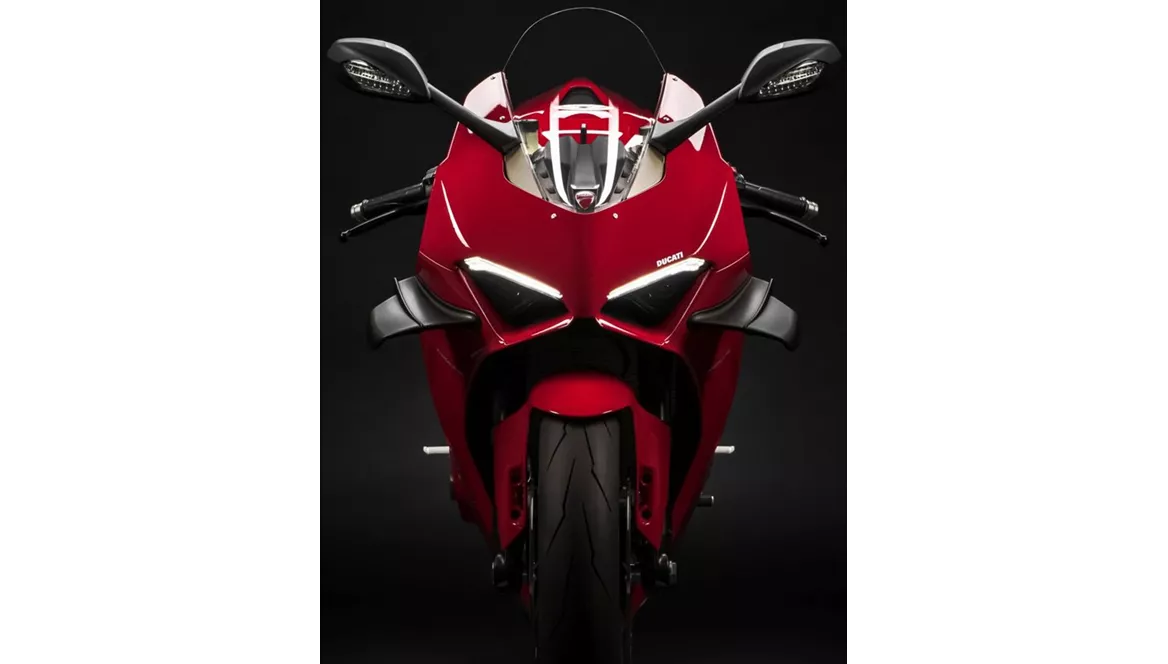
Ducati Panigale V4 2020

BMW S 1000 RR 2019
Overview - Ducati Panigale V4 2020 vs BMW S 1000 RR 2019
The Ducati Panigale V4 2020 and the BMW S 1000 RR 2019 are both high-performance supersport motorcycles that offer impressive specifications and advanced features.
Starting with the engine and drive train, the Panigale V4 is equipped with a V4 engine with a displacement of 1103ccm, producing 214 HP of power and 124 Nm of torque. On the other hand, the S 1000 RR features an in-line 4-cylinder engine with a displacement of 999ccm, delivering 207 HP of power and 113 Nm of torque. Both bikes have a high compression ratio, with the Panigale V4 at 14 and the S 1000 RR at 13.3. The Panigale V4 has desmodromic valves, while the S 1000 RR has DOHC valves.
In terms of suspension, both bikes feature upside-down telescopic forks at the front and a monoshock at the rear. The Panigale V4 has a front suspension diameter of 43mm, while the S 1000 RR has a slightly larger diameter of 45mm. Both bikes offer adjustable compression, preload, and rebound settings for the suspension. The rear suspension of the Panigale V4 is made of aluminum, while the S 1000 RR features a swing arm.
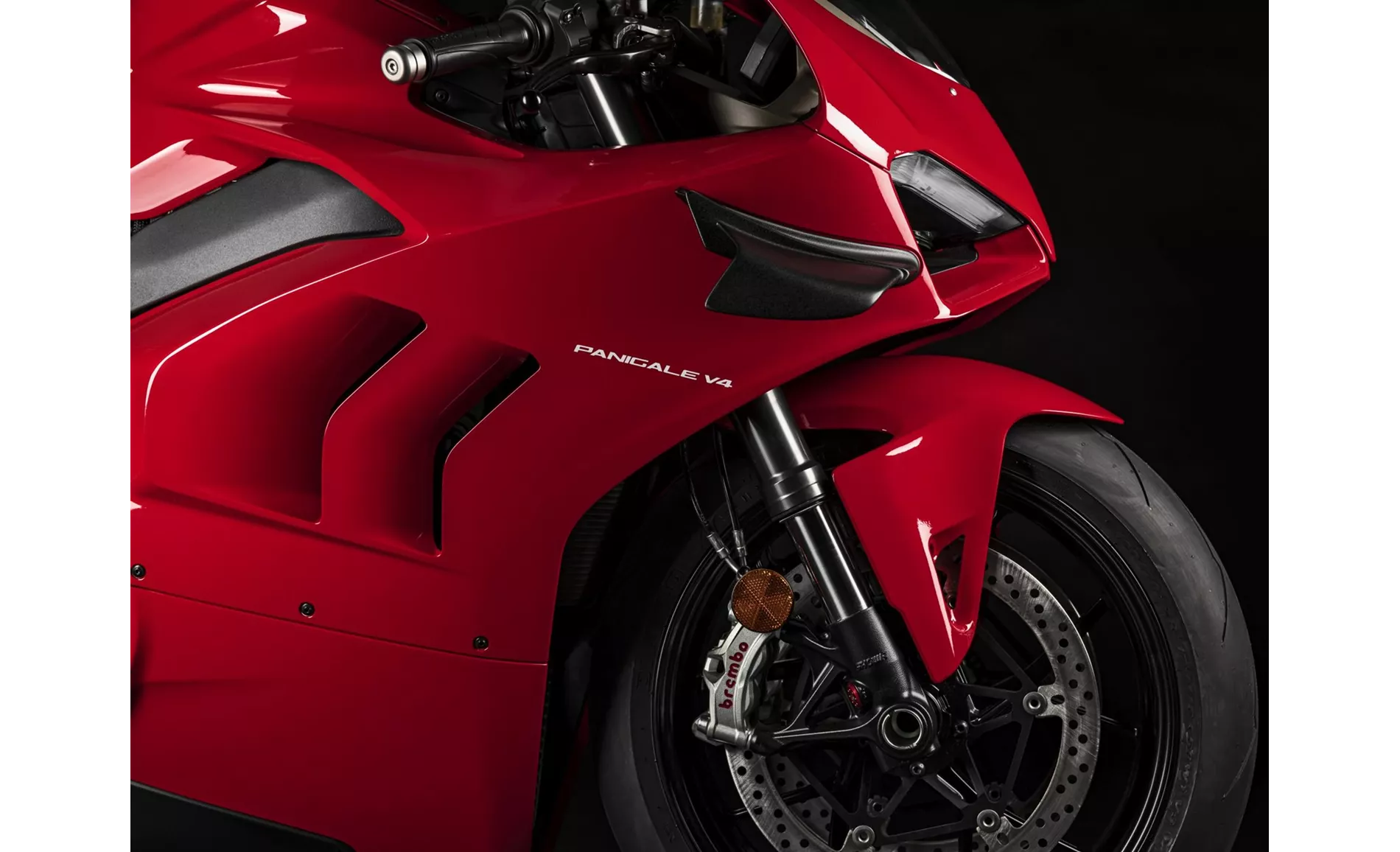
Ducati Panigale V4 2020
In terms of chassis, both bikes have aluminum frames. The Panigale V4 has a monocoque frame type, while the S 1000 RR has a twin-tube, load-bearing engine frame type. The Panigale V4 has a rake of 65.5 degrees and a trail of 100mm, while the S 1000 RR has a slightly steeper rake of 66.9 degrees and a trail of 93.9mm.
Both bikes are equipped with double disk brakes at the front, with the Panigale V4 having a larger diameter of 330mm compared to the 320mm of the S 1000 RR. The Panigale V4 also features radial, monoblock technology for its front brakes. Both bikes come with ABS as part of their advanced rider assistance systems.
In terms of dimensions and weights, both bikes have a front tire width of 120mm and a front tire diameter of 17 inches. The Panigale V4 has a wider rear tire width of 200mm compared to the 190mm of the S 1000 RR. Both bikes have a rear tire diameter of 17 inches. The Panigale V4 has a slightly longer wheelbase of 1469mm compared to the 1441mm of the S 1000 RR. The seat height of the Panigale V4 is 830mm, while the S 1000 RR has a slightly lower seat height of 824mm. The Panigale V4 weighs 198kg (with ABS), while the S 1000 RR weighs 197kg (with ABS). Both bikes have a fuel tank capacity of around 16 liters.
In terms of equipment, both bikes come with LED headlights. The S 1000 RR also offers additional advanced rider assistance systems such as riding modes, launch control, ride by wire, quickshifter, and traction control.

BMW S 1000 RR 2019
In terms of strengths, the Panigale V4 is praised for its clever electronics, noticeable upgrade from the previous model, and improved accessibility. On the other hand, the S 1000 RR is commended for its linear power delivery, wide rev range, precise DDC suspension, excellent shift assistant, sportier seating position, and high-quality details.
In terms of weaknesses, the Panigale V4 is criticized for its small fuel tank size and straight-line stability in wet conditions. The S 1000 RR, on the other hand, is said to have lost some thrill due to its linear power delivery, and its menu navigation may take some time to get used to.
Overall, both the Ducati Panigale V4 2020 and the BMW S 1000 RR 2019 are exceptional supersport motorcycles with their own unique strengths and weaknesses. It ultimately comes down to personal preference and riding style when choosing between these two models.
Technical Specifications Ducati Panigale V4 2020 compared to BMW S 1000 RR 2019
Pros and Cons in comparison
Pros and Cons in comparison
Ducati Panigale V4 2020
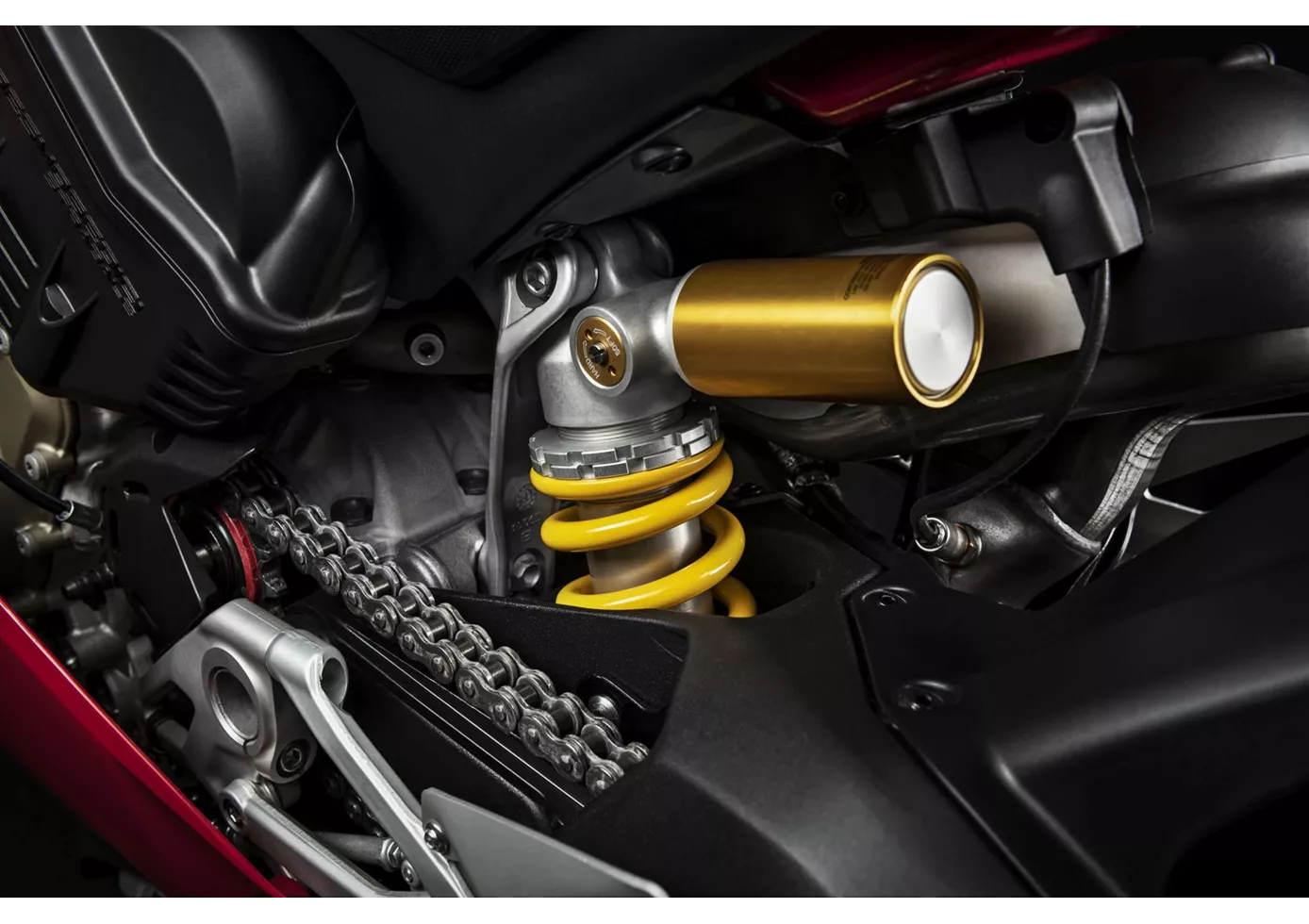
The conclusion is very easy for me. Ducati has made an "already almost perfect motorbike" even better without changing anything in a negative way. Although riding on the road with this radical fairing probably causes a stir and one or two riders find it uncomfortable, they obviously feel more comfortable with it on the race track. You get a motorbike "out of the box" that resembles a Superbike World Championship bike more than ever. I also believe that the V4 2018 owner is quite capable of improving his lap times with the 2020 version. My tip: if you take care to enlarge the tank or make it more grippy, you could go over the centre even more with your hull.
BMW S 1000 RR 2019

The new 2019 BMW S 1000 RR is a completely new supersports bike. It has become significantly more compact and, above all, lighter. The machine is incredibly easy to control and, compared to the previous model, almost feels like a 600! The seating position and the entire set-up of the machine have become much sportier, but can be brought to the tarmac in a much more user-friendly way thanks to the significantly improved electronics package, the saved weight and, last but not least, the almost linear power delivery of the power unit - bravo! Unfortunately, there is still one downer: if you want to benefit from the innovations to the maximum, you have to put a maximum number of crosses in the dealer's box. In return, however, you can create your own individual BMW!
Price Comparison Avarage Market Price Ducati Panigale V4 vs BMW S 1000 RR
There are a few key differences between a Ducati Panigale V4 2020 and a BMW S 1000 RR 2019. In terms of price, the actual average price of a Ducati Panigale V4 2020 is about 117% higher. Compared to BMW S 1000 RR 2019 there are less Ducati Panigale V4 2020 bikes available on the 1000PS.de Marketplace, specifically 6 compared to 11. It takes less time to sell a BMW S 1000 RR with 63 days compared to 100 days for the Ducati Panigale V4. Since model year 2018 1000PS.de editors have written 18 reviews for the Ducati Panigale V4 and 135 reviews for the BMW S 1000 RR since model year 2010. The first review for the Ducati Panigale V4 was published on 11/5/2017 and now has more than 131,500 views. This compares to more than 4,000 views for the first review on BMW S 1000 RR published on 4/16/2008.
